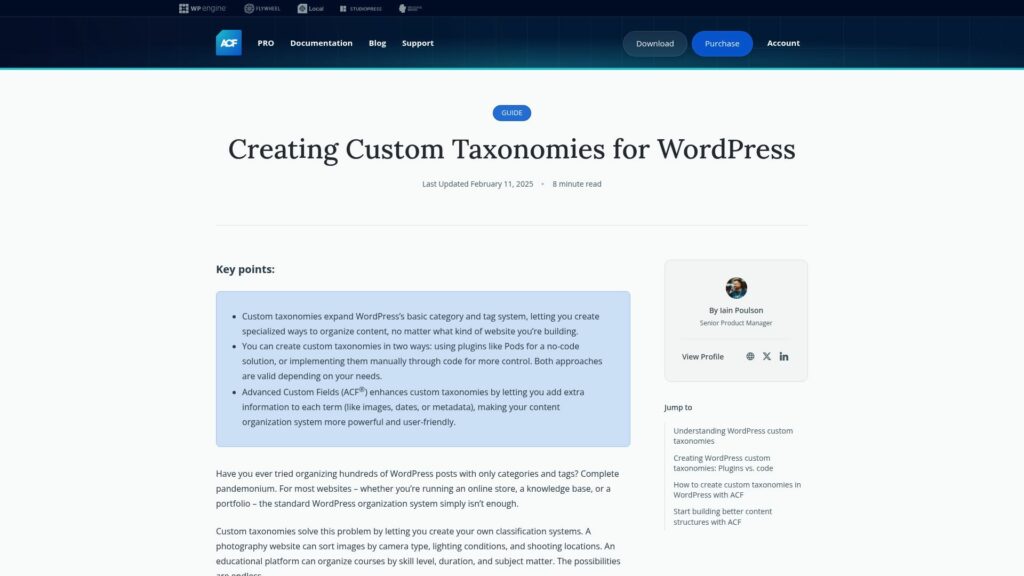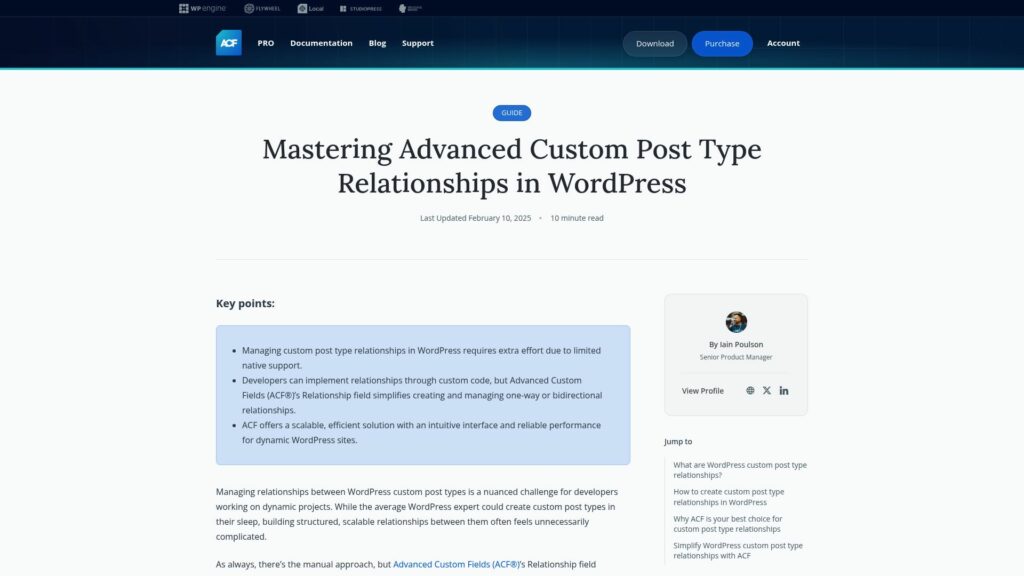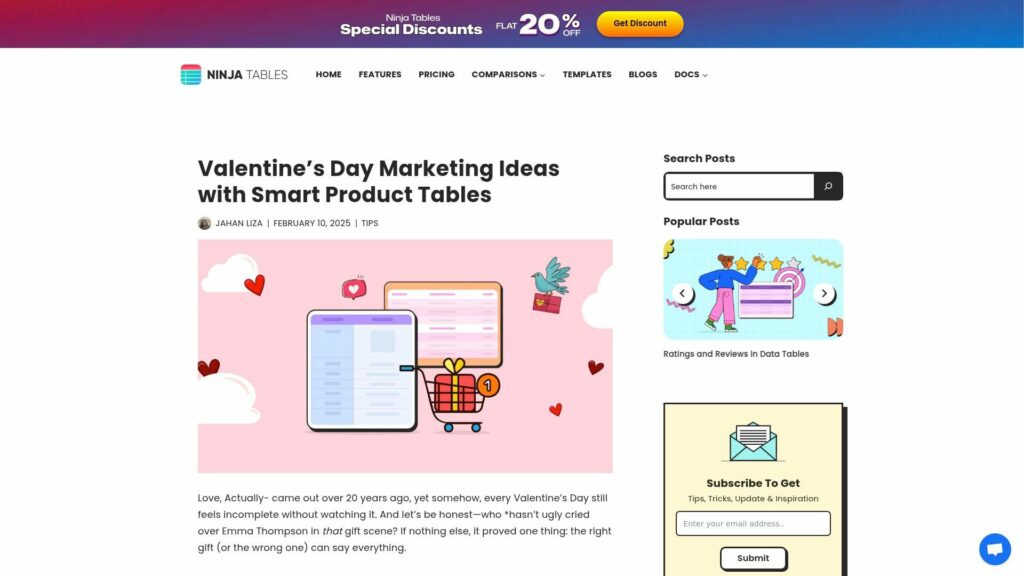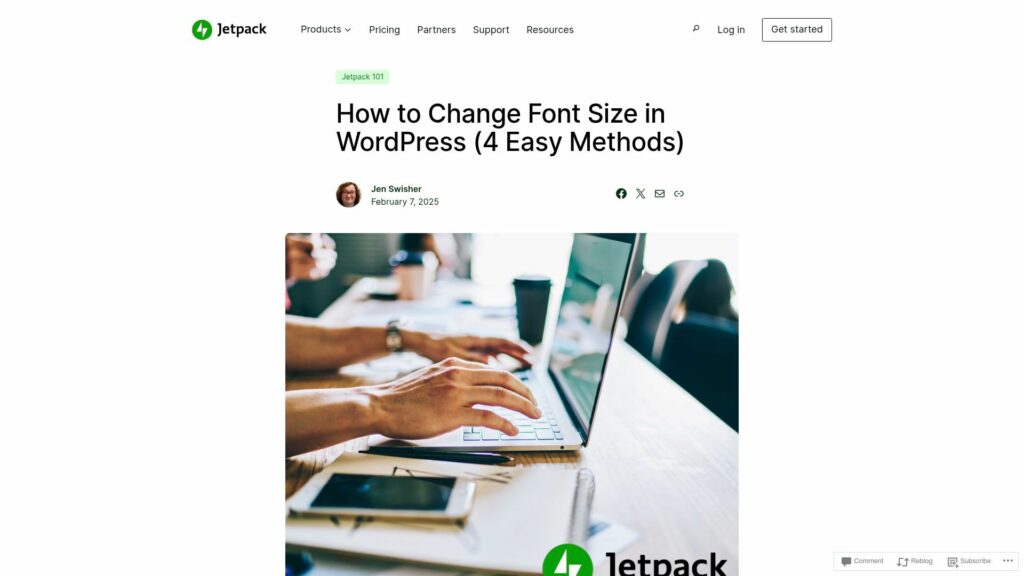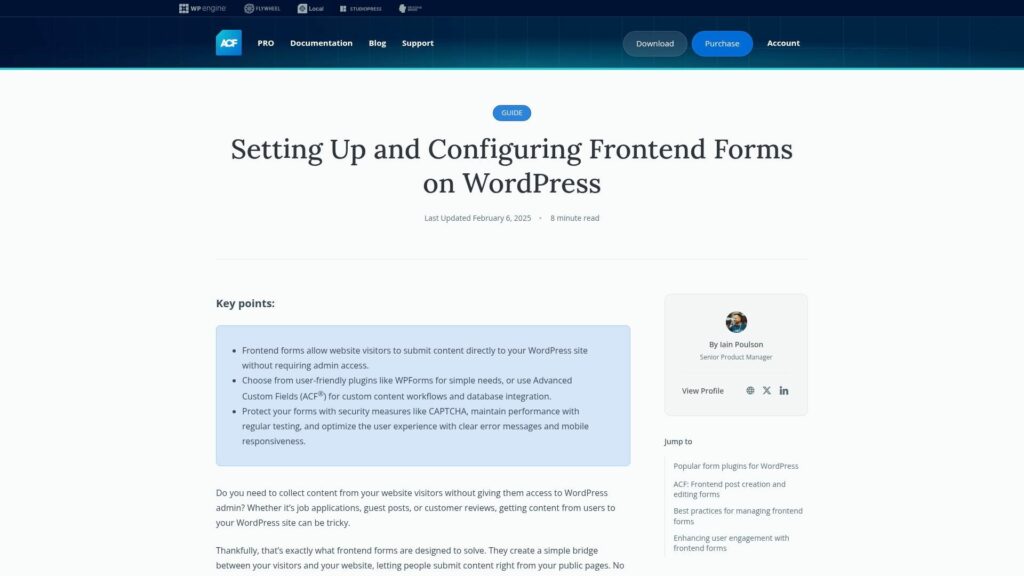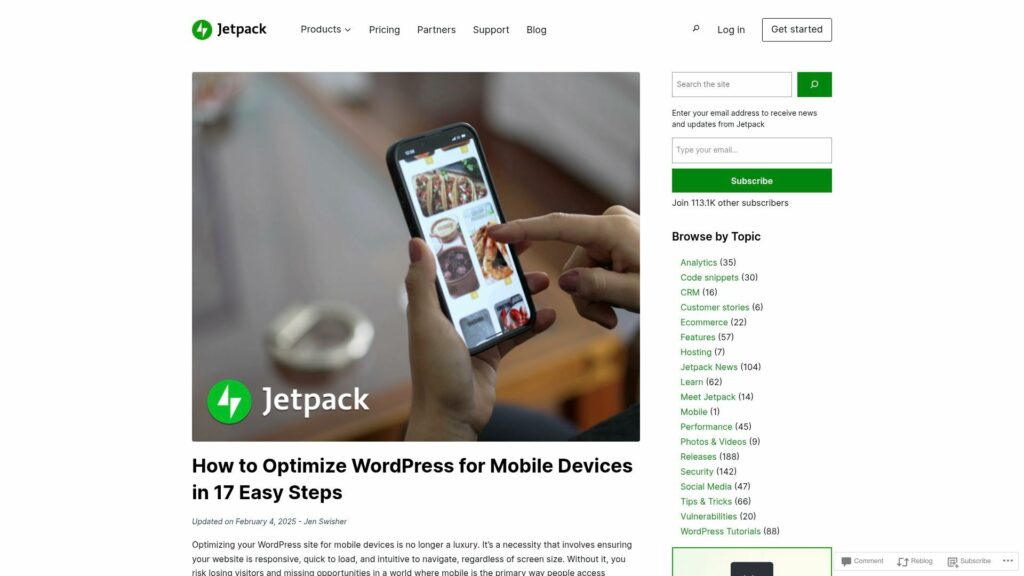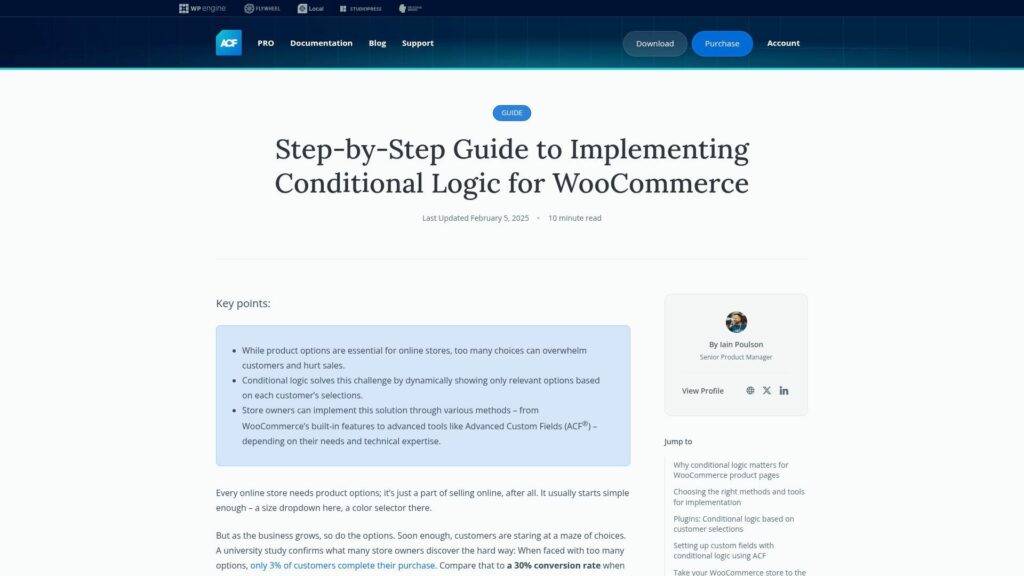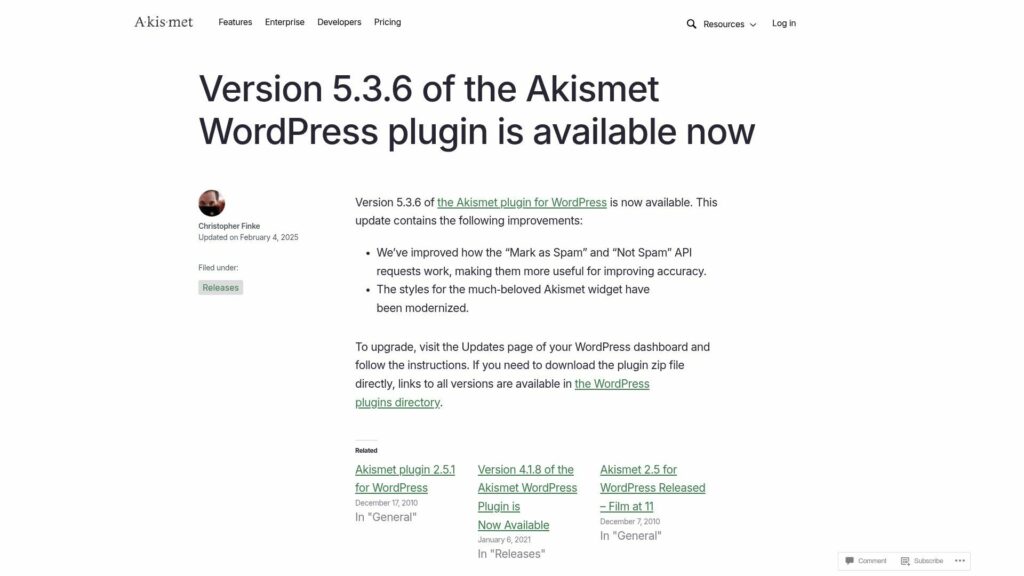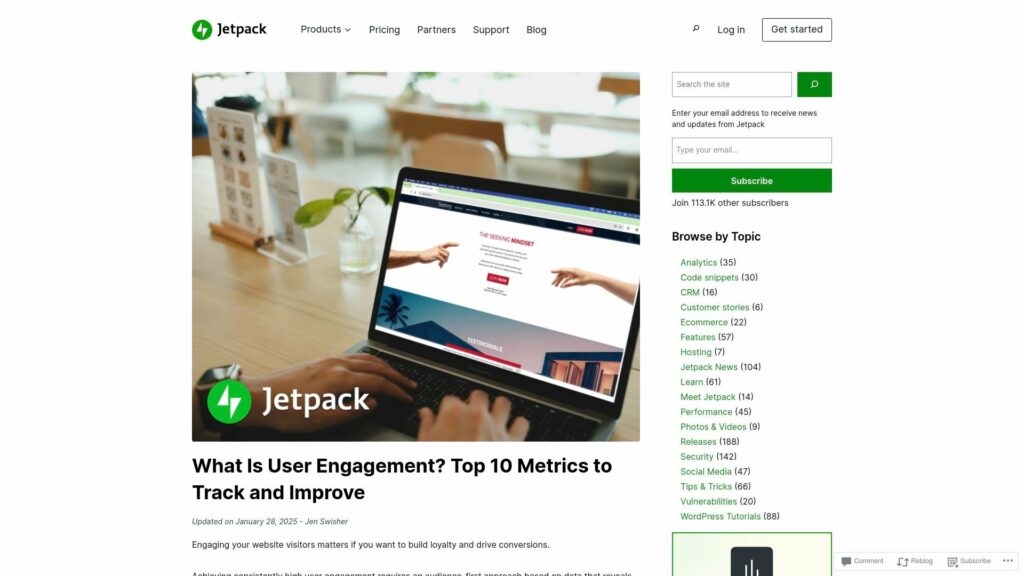Creating Custom Taxonomies for WordPress
Custom taxonomies in WordPress enhance content organization beyond standard categories and tags, allowing tailored classification systems. They can be created via plugins like Pods for ease or manually through coding for advanced control. Advanced Custom Fields (ACF) adds functionality by associating extra data with taxonomy terms, improving navigation, SEO, and content management. Options include hierarchical and non-hierarchical structures, with ACF simplifying the process of adding fields and managing taxonomies. The combination of custom taxonomies and ACF fosters better content structures tailored to website needs.
https://www.advancedcustomfields.com/blog/custom-taxonomy-wordpress/
